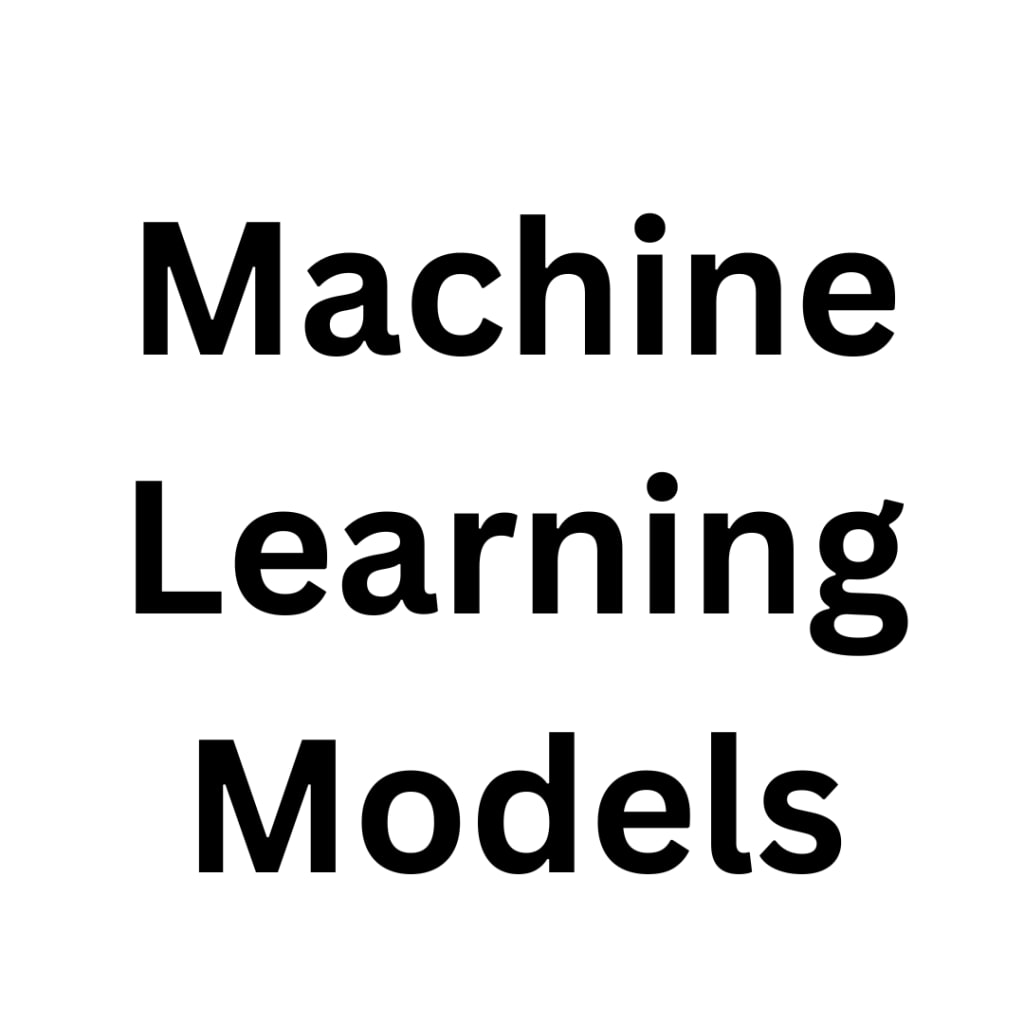A Quick Guide To Machine Learning Models
Know Different Types of Machine Learning Models

The world has witnessed drastic technological growth due to artificial intelligence and machine learning. Machine learning models play a significant role in automating numerous repetitive tasks without human intervention.
Machine Learning enables computers to learn from data and build effective machine-learning models to identify patterns and behaviors based on past data.
In this article, we will discuss types of machine learning models that have been revolutionary and continue to improve the software architecture of machines.
Before that, let’s understand what a machine-learning model is.
What is a Machine Learning Model?
A machine learning model is a mathematical representation of real-world data. The model is trained with large datasets, and algorithms assist in learning from the available data.
The ML models recognize data patterns, take input queries, and make predictions based on previous data.
The three significant machine learning models based on datatypes are:
Supervised Machine Learning Model
Unsupervised Machine Learning Model
Reinforcement Learning
Supervised Machine Learning Model
It is a simple machine-learning model. In Supervised Learning, training data is a labeled dataset. It is based on supervision and works on available datasets.
The models are trained to predict desired outputs. It works on the mapping of inputs and output data. It requires specific functions to assess the errors while arriving at the predecided output.
The entire model is designed to correlate the input variable with the output variable. Supervised learning has applications in image classification, speech recognition, and fraud detection.
Supervised learning models are not preferred in resolving complex tasks.
Unsupervised Machine Learning Model
Unsupervised Machine Learning models work in contradiction to supervised learning models. The models are trained with unlabelled datasets and predict output without any supervision.
Unsupervised learning models learn automatically and identify underlying data patterns. The main aim of these models is to classify unlabelled data based on similarities, relevance, and differences.
Unsupervised Learning algorithms can perform complex tasks, but they have less accuracy as the data is unlabelled.
Unsupervised Learning has applications in recommendation systems, anomaly detection, and network analysis.
Reinforcement Learning
In reinforcement learning, the models learn from the feedback process and interaction with the environment. The models here are provided with a set of actions, parameters, and goals.
The feedback could be positive or negative, and the model aims to maximize positive rewards. The learning process of these models is similar to human beings.
Reinforcement Learning models do not require labelled or unlabelled datasets like supervised and unsupervised learning. RL models are not suitable for simple tasks. It has applications in text mining, robotics, and video games.
The above major categories of machine learning models can be subdivided into five categories:-
Classification models
Regression models
Clustering
Dimensionality reduction
Deep learning
Classification Models
The classification models predict the class of data type. The predictions have a finite set of categories to classify the data. Classification models categorize objects into either two or more groups. These models can detect spam emails.
Regression models
In regression models, the output values vary continuously. The models are designed to find correlations between input and output variables.
Some examples of regression models include Linear Regression, Decision Trees, Random Forests, and Neural Networks.
Clustering
Clustering involves grouping different data variables based on their similarities and differences. Clustering helps in building more accurate machine-learning models as it aims to provide homogeneous data.
Customer segmentation based on shopping behaviors is one of the best examples of clustering.
Dimensionality Reduction
More data variables might create chaos within the models. Dimensionality is the number of data variables present in a data set.
Dimensionality reduction is the technique that reduces the number of feature or data variables and resolves overfitting issues of an ML model.
Deep Learning
The deep learning model involves neural network architecture. Neural networks are mathematical functions designed to imitate the human brain.
The neural network takes input and provides output based on learned data. Some of the critical deep learning models include:
Convolutional Neural Networks (CNN)
Recurrent Neural Networks ( RNN )
Boltzmann Machine
Autoencoders
Multi-layer perceptron
End Note
Machine learning models are exceptional in automating various tasks. It is difficult to decide which is the best model for your project.
The huge popularity of machine learning and artificial intelligence has brought more investments in the research and development of machine learning models.
If you want to learn more about machine learning and upskill yourself, the best option would be to enroll in Machine Learning Course that would accelerate your learning with expert guidance.





Comments
There are no comments for this story
Be the first to respond and start the conversation.